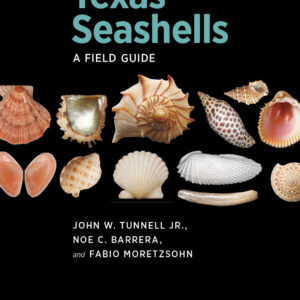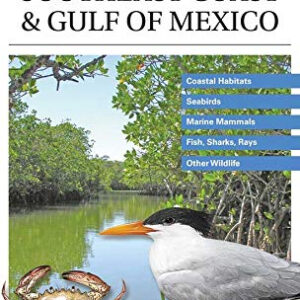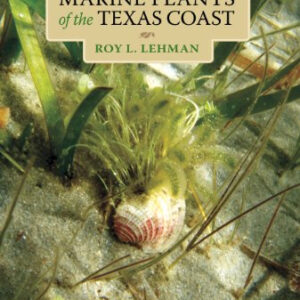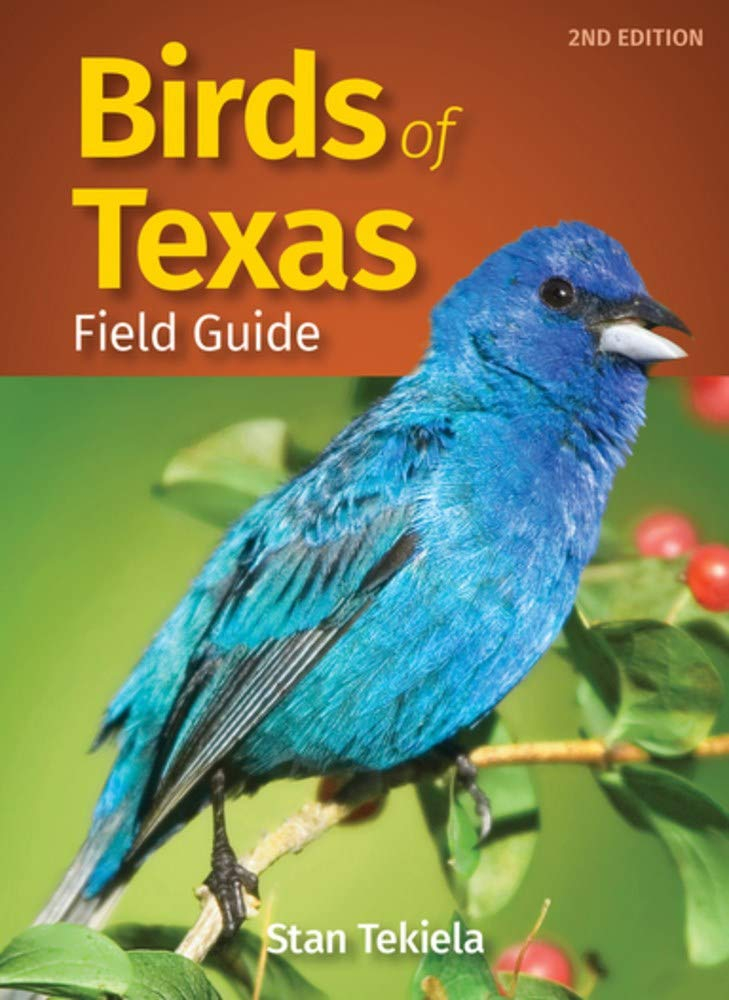Birds of Texas Field Guide (Bird Identification Guides)
Whether you’re a resident or a visitor, this is the ultimate field guide to bird watching in Texas. From the common to the exotic, Stan Tekiela’s Birds of Texas Field Guide covers more than 190 species of birds found in the Lone Star State.
Featuring stunning full-color photographs and Tekiela’s trademarked side-by-side image comparisons that make identification simple and easy, this guide is perfect for beginners and experts alike. Stan’s hand-written species descriptions are packed with interesting facts about each bird, and his unique illustrations highlight key field marks to look for.
So whether you’re looking to add a new species to your life list or just want to enjoy an afternoon of bird watching, make sure you bring along the Birds of Texas Field Guide. It’s the perfect companion for any birding adventure in the great state of Texas!
Editorial Reviews
About the Author
Excerpt. © Reprinted by permission. All rights reserved.
Northern Cardinal
Cardinalis cardinalis
Size: 8-9″ (20-22.5 cm)
Female: buff brown bird with tinges of red on crest and wings, a black mask and large red bill
Male: red bird with a black mask extending from face down to chin and throat, large red bill and crest
Juvenile: same as female, but with a blackish gray bill
Nest: cup; female builds; 2-3 broods per year
Eggs: 3-4; bluish white with brown markings
Incubation: 12-13 days; female and male incubate
Fledging: 9-10 days; female and male feed young
Migration: non-migrator
Food: seeds, insects, fruit; comes to seed feeders
Compare: The Cedar Waxwing (pg. 133) has a small dark bill. The female Northern Cardinal appears similar to juvenile Cardinal, but the juvenile has a dark bill. Look for female’s bright red bill.
Stan’s Notes: A familiar backyard bird. Look for male feeding female during courtship. Male feeds young of first brood by himself while female builds a second nest. Their name comes from the Latin word cardinalis, which means “important.” Very territorial during spring, it will fight its own reflection in a window. Non-territorial in winter, they gather in small flocks of up to 20 birds. Both male and female sing and can be heard any time of year. Listen for their “whata-cheer-cheer-cheer” territorial call in spring.
From the Publisher

|
|
|
|
|---|---|---|
Organized by ColorIdentifying birds is simple and fun with species organized by color. When you see an unfamiliar bird, simply look in the corresponding color section to ID it. |
Only Texas BirdsIn this field guide, you’re introduced to 176 of Texas’s most common and important birds to know. Every species in the book can be seen in the state. |
Expert InformationStan Tekiela is an award-winning author, naturalist, and wildlife photographer. He provides helpful, trusted information—from observation tips to bird anatomy. |

Related products
-

Gardening in Texas: Gardening Log Book for Local Backyard Gardeners | Crop Diary for Beautiful Greenery | Unique Planting Gifts
$8.99 -

Texas Seashells: A Field Guide (Harte Research Institute for Gulf of Mexico Studies Series, Sponsored by the Harte Research
$19.95 -

A Field Guide to the Southeast Coast & Gulf of Mexico: Coastal Habitats, Seabirds, Marine Mammals, Fish, & Other Wildlife
$25.00 -

Marine Plants of the Texas Coast (Harte Research Institute for Gulf of Mexico Studies Series, Sponsored by the Harte Research
$8.99





